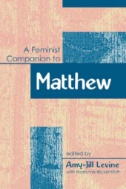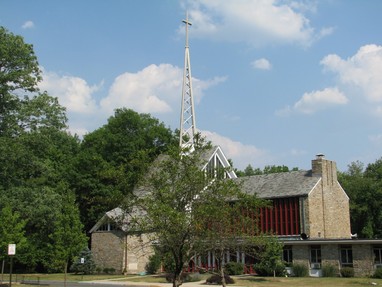Whilst we might be more familiar with gospel stories in Matthew and Luke, in his Epistle to the Ephesians 19, Ignatius of Antioch writes an imaginative and cosmic version of the seasonal message:-
And hidden from the Prince of this world were the virginity of Mary, her giving birth, and the death of the Lord--three loudly shouting mysteries accomplished in the stillness of God. How were they revealed to the aeons?
A star shone forth in heaven,
brighter than all stars,
and its light was ineffable
and its newness caused astonishment.
All the other stars with the sun and moon
gathered in chorus around the star,
but its light was greater than all.
And the result was the dissolution of all magic
and the abolition of every bond of evil.
Ignorance was removed
and the old kingdom was destroyed
for God was revealed as human
for the newness of eternal life.
Hence what had been prepared for by God received its beginning
All things were disturbed because the abolition of death was being planned.
We see in the so-called star hymn three phases: the advent of the star and its effect followed by reactions to the star from other cosmic beings and finally the beneficial result of the star's presence. The ineffable brightness of the star provokes a chorus of all other celestial bodies which, when combined with the star, effects the destruction of all magic and evil.
There is no single way to interpret the meaning of the birth of Jesus. We already have three versions in the gospels: John's focus on the incarnate Logos, Matthew's focus on the joy of foreign visitors to the house where Jesus was born, and Luke's on divine attention to the mothers of John and Jesus: Elizabeth and Mary. Whereas the focus of Matthew and Luke stories of Jesus' birth are more mundane, Ignatius' star hymn interprets cosmic implications of the incarnation: accomplished in the silence of God, the appearance and birth of Christ is both the beginning of the plan of salvation for humanity and a shake-up of the heavenly realms which results in the final end of death.
While Ignatius might not see it this way, it's possible to see that since the birth of this child causes cosmic disturbances, Ignatius' focus on the silence of God serves to secure the safety of recently born vulnerable children and their mothers.
And hidden from the Prince of this world were the virginity of Mary, her giving birth, and the death of the Lord--three loudly shouting mysteries accomplished in the stillness of God. How were they revealed to the aeons?
A star shone forth in heaven,
brighter than all stars,
and its light was ineffable
and its newness caused astonishment.
All the other stars with the sun and moon
gathered in chorus around the star,
but its light was greater than all.
And the result was the dissolution of all magic
and the abolition of every bond of evil.
Ignorance was removed
and the old kingdom was destroyed
for God was revealed as human
for the newness of eternal life.
Hence what had been prepared for by God received its beginning
All things were disturbed because the abolition of death was being planned.
We see in the so-called star hymn three phases: the advent of the star and its effect followed by reactions to the star from other cosmic beings and finally the beneficial result of the star's presence. The ineffable brightness of the star provokes a chorus of all other celestial bodies which, when combined with the star, effects the destruction of all magic and evil.
There is no single way to interpret the meaning of the birth of Jesus. We already have three versions in the gospels: John's focus on the incarnate Logos, Matthew's focus on the joy of foreign visitors to the house where Jesus was born, and Luke's on divine attention to the mothers of John and Jesus: Elizabeth and Mary. Whereas the focus of Matthew and Luke stories of Jesus' birth are more mundane, Ignatius' star hymn interprets cosmic implications of the incarnation: accomplished in the silence of God, the appearance and birth of Christ is both the beginning of the plan of salvation for humanity and a shake-up of the heavenly realms which results in the final end of death.
While Ignatius might not see it this way, it's possible to see that since the birth of this child causes cosmic disturbances, Ignatius' focus on the silence of God serves to secure the safety of recently born vulnerable children and their mothers.









